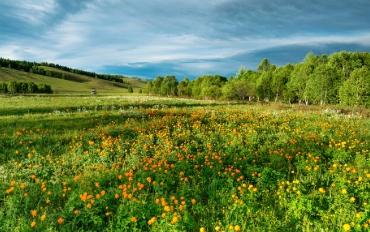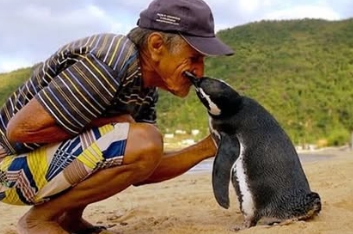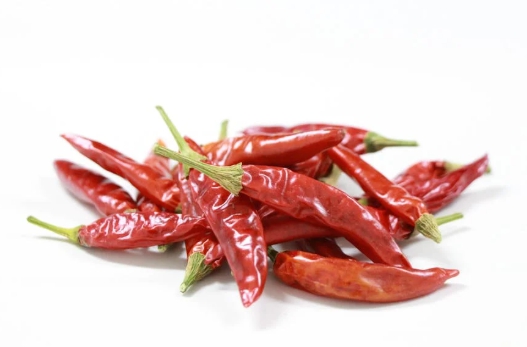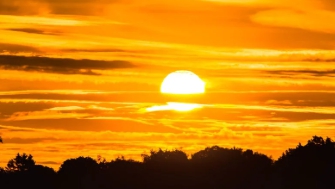Far from being uniform everywhere, ocean water is a patchwork of interlinked layers and masses which mix and split apart thanks to currents, eddies, and changes in temperature or salinity.
바닷물은 어디에서나 균일하지 않으며, 해류, 소용돌이, 온도나 염도의 변화로 인해 섞이고 분리되는 서로 연결된 층과 덩어리로 이루어진 패치워크입니다.

Part of the Atlantic is cooling at record speed and nobody knows why
대서양의 일부가 기록적인 속도로 냉각되고 있는데 그 이유를 아무도 모릅니다.
Scientists are trying to decipher what drove the recent dramatic cooling of the tropical Atlantic, but so far few clues have emerged. "We are still scratching our heads as to what's actually happening," the researchers said.
과학자들은 최근 열대 대서양의 극적인 냉각을 일으킨 원인을 해독하기 위해 노력하고 있지만 지금까지 단서가 거의 나오지 않았습니다. 연구진은 “실제로 무슨 일이 일어나고 있는지에 대해 여전히 머리를 긁적이고 있습니다.”라고 말했습니다.
For a few months this summer, a large strip of Atlantic Ocean along the equator cooled at record speed. Though the cold patch is now warming its way back to normal, scientists are still baffled by what caused the dramatic cooling in the first place.
이번 여름 몇 달 동안 적도를 따라 대서양의 넓은 띠가 기록적인 속도로 냉각되었습니다. 이 추운 지역은 이제 정상으로 따뜻해지고 있지만 과학자들은 여전히 처음에 급격한 냉각의 원인이 무엇인지에 대해 당혹스러워하고 있습니다.
Sea surface temperatures in the eastern equatorial Atlantic were the hottest in February and March, when they exceeded 86 degrees Fahrenheit (30 degrees Celsius) — the warmest months on record since 1982. When June rolled in, temperatures began plummeting mysteriously, reaching their coolest in late July at 77 F (25 C),
적도 대서양 동부의 해수면 온도는 2월과 3월에 화씨 86도(섭씨 30도)를 넘어 1982년 이래 가장 더운 달로 기록될 정도로 가장 뜨거웠습니다. 6월에 접어들면서 기온은 신비하게도 급강하하기 시작하여 7월 말에 77℉(25℃)로 가장 낮은 기온을 기록했습니다,
Earth's rotating inner core is starting to slow down — and it could alter the length of our days
지구의 자전하는 내핵이 느려지기 시작했습니다. 이로 인해 우리의 하루 길이가 달라질 수 있습니다.
The heart of our planet has been spinning unusually slowly for the past 14 years, new research confirms. And if this mysterious trend continues, it could potentially lengthen Earth's days — though the effects would likely be imperceptible to us.
지난 14년 동안 지구의 심장이 비정상적으로 느리게 돌고 있다는 새로운 연구 결과가 발표되었습니다. 이 신비한 추세가 계속된다면 지구의 날이 더 길어질 수 있지만, 그 영향은 우리가 감지할 수 없을 것입니다.
알아두면 좋은 영단어
Pacific Ocean - 태평양 (세계에서 가장 큰 대양)
Atlantic Ocean - 대서양 (미국과 유럽 사이의 대양)
Indian Ocean - 인도양 (아프리카, 아시아, 오세아니아와 접한 대양)
Southern Ocean - 남극해 (남극 대륙 주변의 대양)
Arctic Ocean - 북극해 (북극 주변의 대양)
Asia - 아시아 (세계에서 가장 큰 대륙)
Africa - 아프리카 (세계에서 두 번째로 큰 대륙)
North America - 북아메리카
South America - 남아메리카
Europe - 유럽
Australia (or Oceania) - 호주 또는 오세아니아 (오스트레일리아와 주변 섬 지역)
Climate - 기후
Ecosystem - 생태계
Biodiversity - 생물 다양성
Conservation - 보존, 보호 (예: "Nature conservation" = 자연 보호)
Deforestation - 산림 파괴
Pollution - 오염 (예: "Air pollution" = 대기 오염)
Global warming - 지구 온난화
Greenhouse gases - 온실가스
Sustainable - 지속 가능한
Renewable energy - 재생 가능 에너지 (예: 태양광, 풍력)
Continent - 대륙
Ocean - 대양
Island - 섬
Peninsula - 반도
Mountain range - 산맥 (예: "Himalayas" = 히말라야 산맥)
Desert - 사막 (예: "Sahara Desert" = 사하라 사막)
River - 강 (예: "Amazon River" = 아마존 강)
Valley - 계곡
Plain - 평야
Forest - 숲, 산림
Temperature - 온도, 기온
Degrees - 도 (온도의 단위)
Thermometer - 온도계
Above freezing - 영상 (0도 이상)
Below freezing - 영하 (0도 이하)
Average temperature - 평균 기온
Daytime temperature - 낮 기온
Nighttime temperature - 밤 기온


























